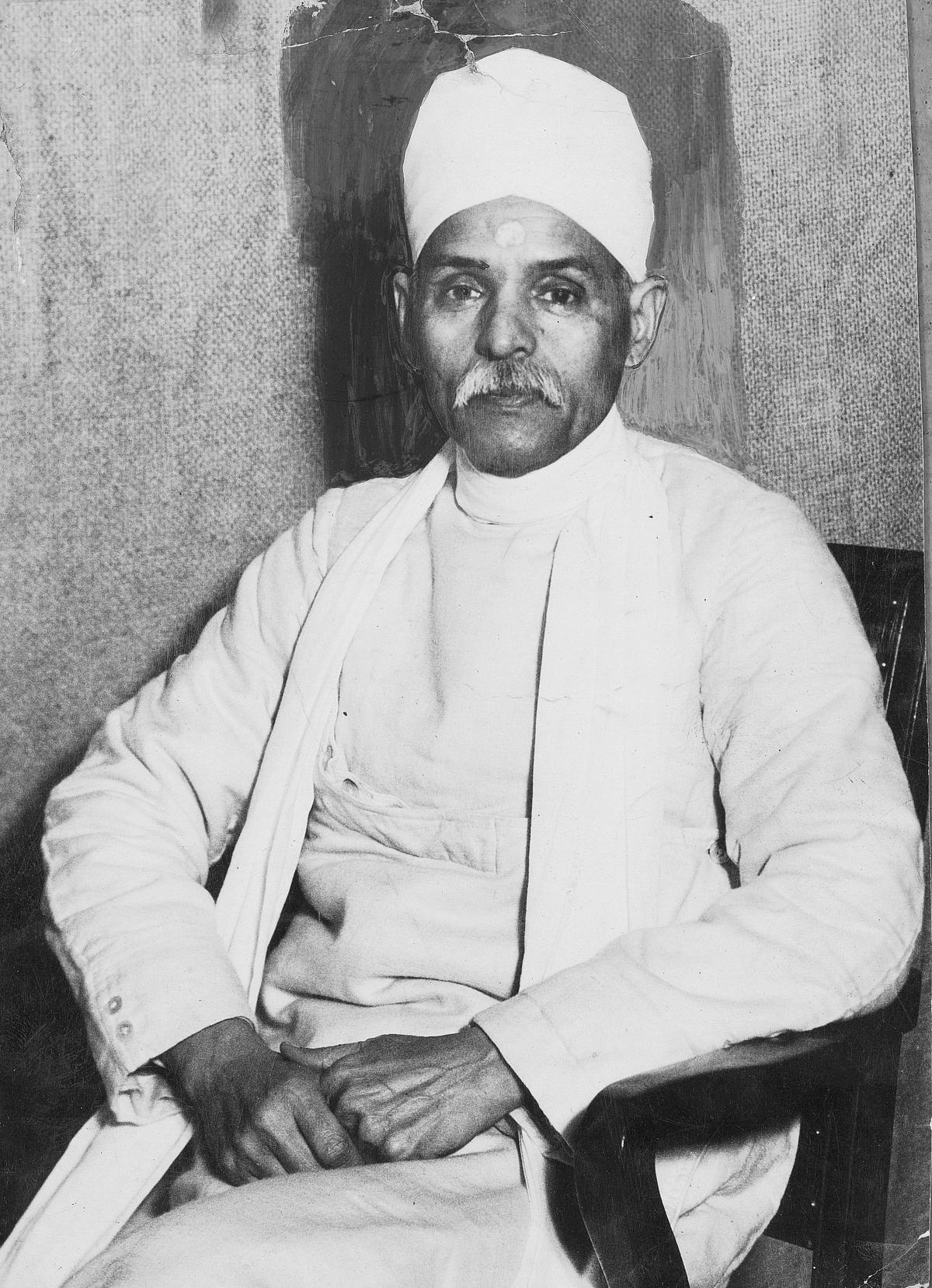SOURCE: THE HINDU
A labour of love, archive on Banaras Hindu University founder Madan Mohan Malaviya takes shape
Project launched following Malaviya’s 150th birth anniversary in 2011 has grown to comprise 25 different categories of documents, including over 1,000 images
To create an archive on the principal founder of the Banaras Hindu University (BHU), ‘Mahamana’ Madan Mohan Malaviya, a Professor of History at the university Banaras Hindu University (BHU), Dhrub Singh, along with his two assistants, traversed the country over nearly a decade to give shape to their labour of love. They visited the National Archive of India and the Nehru Memorial Museum and Library in Delhi; various State archives such as that of Maharashtra; princely archives, including the one at Lallgarh Palace in Bikaner, and those of the Maharajas of Jodhpur and Darbhanga; researched private papers of Malaviya’s contemporaries, including paleo-botanist Birbal Sahni and other BHU founding members such as Rai Bahadur Sir Sunder Lal, and Annie Besant at the Theosophical Society in Chennai; and perused old newspapers and magazines.
In December 2011, at a commemoration event to mark Malaviya’s 150th birth anniversary, then Prime Minister Manmohan Singh announced various projects under the Culture Ministry to celebrate his life and achievements, including a repository dedicated to the BHU’s founder. A national implementation committee was set up under the Chairmanship of Karan Singh, then Rajya Sabha MP and Chancellor of BHU, to oversee the execution of various projects.
Professor Singh was entrusted the responsibility of setting up the archive at an initial cost of ₹40 lakh extended by the University Grants Commission and the Culture Ministry. Nearly 10 years later, the mammoth task has neared completion. Housed in the Mahamana 150th Birth Centenary Building, the archive comprises 25 different categories of documents, including his speeches in the Imperial Legislative Council, interventions in the Congress party, evidence from various Commissions, and other landmark events during the freedom struggle such as his defence of accused protesters in the Chauri Chaura incident of February 1922 participating in the Non-cooperation Movement.
There is also a collection of more than 1,000 photographs of Malviya, including those taken at the time the university was being set up, such as an image where he can be seen conducting a land survey, as well as pictures from a donation drive across the country during which he was accompanied by the Maharaja of Darbhanga, Rameshwar Singh, to raise the ₹1 crore needed to set up the university.
The team of five, which also includes two administrative staff, has also collected several newspapers and magazines Malaviya was involved with, including the Hindi language weekly, the Abhyudaya (1907); the Leader of Allahabad, an English-language daily (1909); and other Hindi dailies such as Aaj, which also covered daily activities at the BHU.
The team also looked at BHU’s calendar for information on the university’s past, various rules governing its functioning, its teaching community, and the books that were taught. As Malaviya played an important role in the Hindi Nagari movement, resources were also collected from the Nagari Pracharini Sabha, the 129-year-old society for promotion of Nagari in Varanasi, which played a significant role in developing a standard grammar for modern Hindi, gathering rare manuscripts, publishing Hindi’s first dictionaries, encyclopaedias and journals.
“We are now starting the process of digitising and cataloguing the documents and various resources so that readers have better access. The archive will continue to be a work in progress and we will continue to acquire documents from different sources we discover. We are also trying to get traces of his [Malaviya’s] voice and films made on him, and have already started a gift register where anyone can donate memorabilia associated with Malviya, and we will preserve the gift under the contributor’s name,” Professor Singh said.
Though Malviya was a Hindu nationalist leader who helped set up the Hindu Mahasabha, Prof. Singh says historical documents show that the 106-year-old university was truly national in its character. “The name of BHU includes the word Hindu but in its character, conduct, recruitment and intake of students, it was truly national. There was no sectarianism. In the early years of BHU, there were Muslim boys and girls passing out of the university. The Departments of Persian and Arabic in the university were some of the early departments. When he [Malaviya] spoke about Hindu, he had a community in mind that had to evolve and acquire positive elements of their religion, but not to the exclusion of other religious communities from the university. In his convocation address in 1929, he proudly states that students came from States like Andhra, Punjab, Kerala, which shows that he was very conscious that he was building a national institution,” Prof. Singh added.
In order to establish a pre-eminent university, Malaviya recruited the best talent from around the world. On a visit to London for the Round Table Conference in 1932, he searched for young Indians studying in Oxford and Cambridge Universities, and brought V.V. Narlikar, who was then studying in Cambridge University. Malaviya paid Narlikar’s debt owed to Kolhapur State to make it possible for him to join the BHU, where he set up the School of Relativity. On the recommendation of P.C. Ray, regarded as the father of chemical science in India, Malaviya also brought Shanti Swaroop Bhatnagar from London, who had finished his doctorate at London’s University College in 1921.
“He had a knack to persevere, and persuade young men and women he thought were assets, and wrote them letters to come and join BHU; otherwise, the university would not have shaped into the institution it did,” Prof. Singh said.

